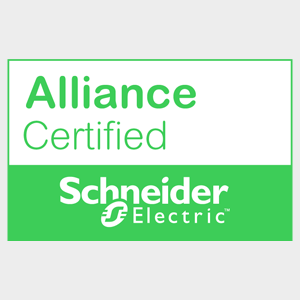Top 5 differences between AIS and GIS systems in 2022
Substations rely on either gas-insulated substation (GIS) or air-insulated substation (AIS) systems to protect power line. However, both need strict maintenance schedules and inspections.
ensure high voltage electricity is reduced to a lower voltage securely and reliably, making it suitable to supply to consumers.
Can-Technologies recommends you consider the differences between the two when determining which system is best for your plant:
• While an AIS uses air insulation in a metal-clad system, a GIS uses the gas Sulphur hexafluoride (SF6) for insulation
• GIS systems are smaller and lighter than AIS systems, which means installing them can be faster than installing AIS systems
• AIS systems require boots and busbar connections on the switchgear, and require a larger footprint
• AIS systems are less expensive than GIS systems
• An AIS has better step voltage than GIS
In the end, AIS systems can save money up front, but take more time to operate over time. A GIS system requires a higher initial outlay, but its sealed technology results in lower installation and maintenance costs.
Contact Can-Technologies to learn which system would be best for your plant.
T: +1.519-624-9166
M: +1.519-589-9295



